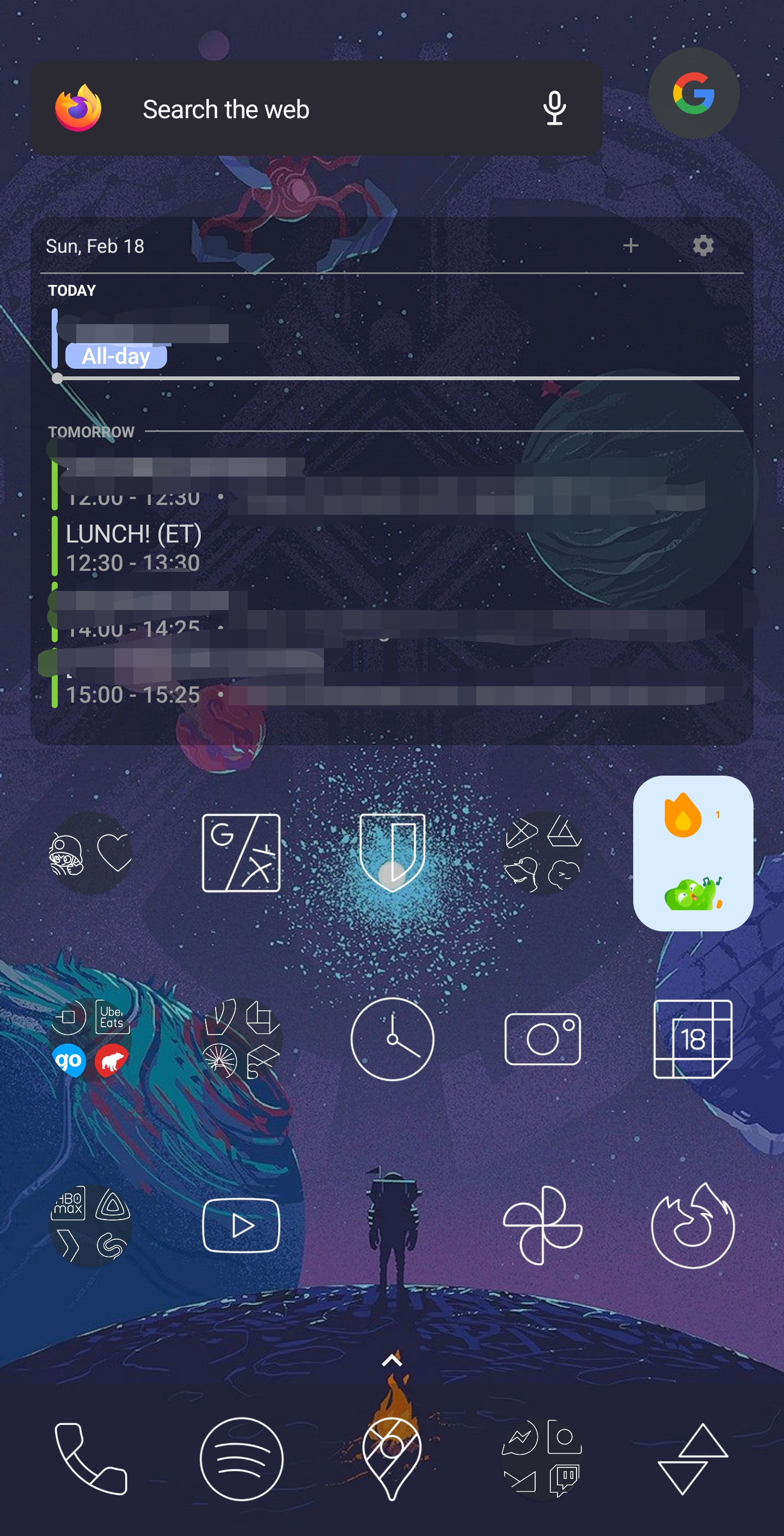

I loved programming since I was 14. This was an acceptable passion to spend time on because it would allow me to be successful (read: make money).
My sister always loved visual art, and is now in art school. This is an unacceptable passion, and when she tells people that she’s in art school the first response is almost always “oh so what are you planning to do with that degree?”
We have been conditioned into a very narrow definition of success. It’s not surprising then that we start seeing art as “the next big problem to solve”, and you have all these tech bros frothing at the mouth to be the first to “solve” it and become the next startup billionaire.
Low-effort art and music has always been around. You don’t see anyone bumping those inoffensive cover albums and lounge remixes that you hear at the mall or the driving range in their cars though. Anyone who doesn’t already love listening to music isn’t in that position because of a lack of options in the (sigh) market. So I promise you won’t see “billions of new customers” dying to consume derivative slop music.













Soon for me “human being” will be high enough of a bar to be nontrivial to enforce